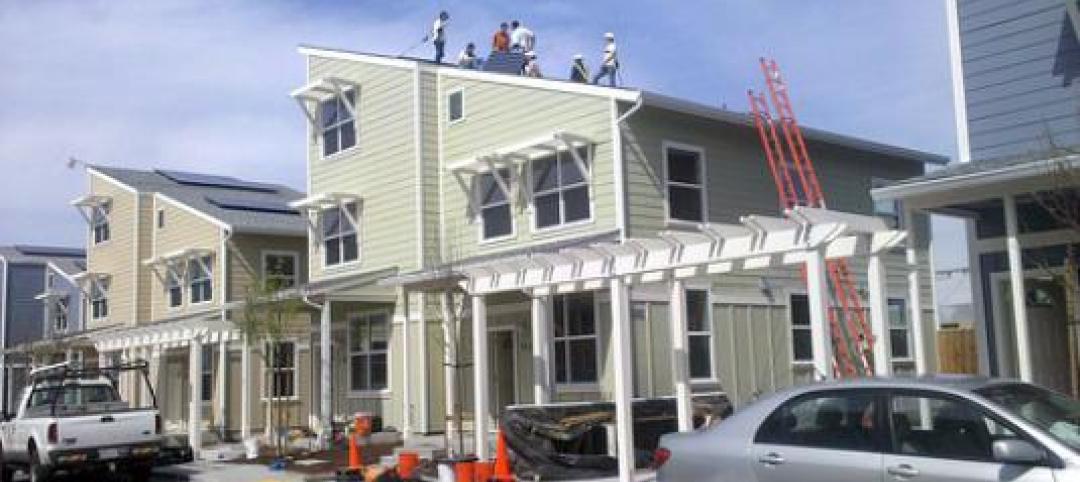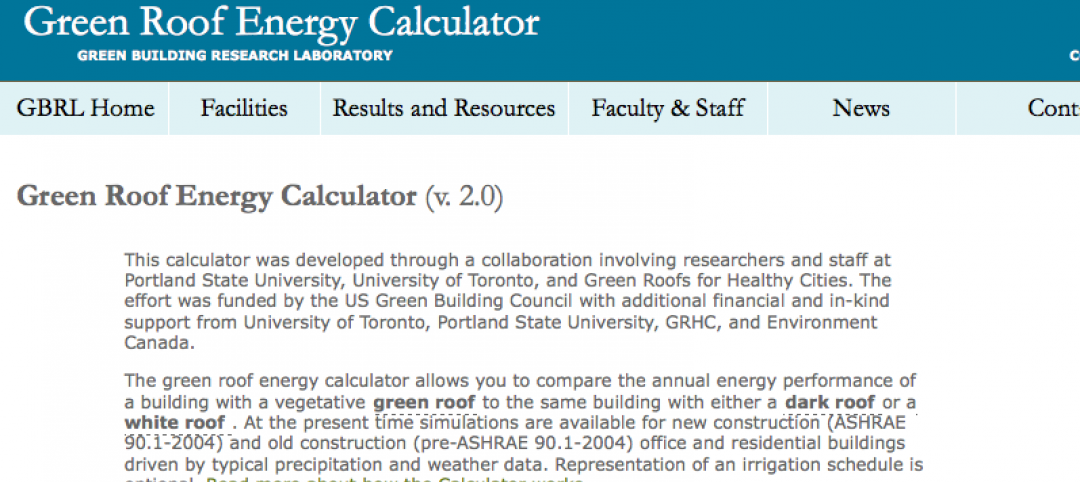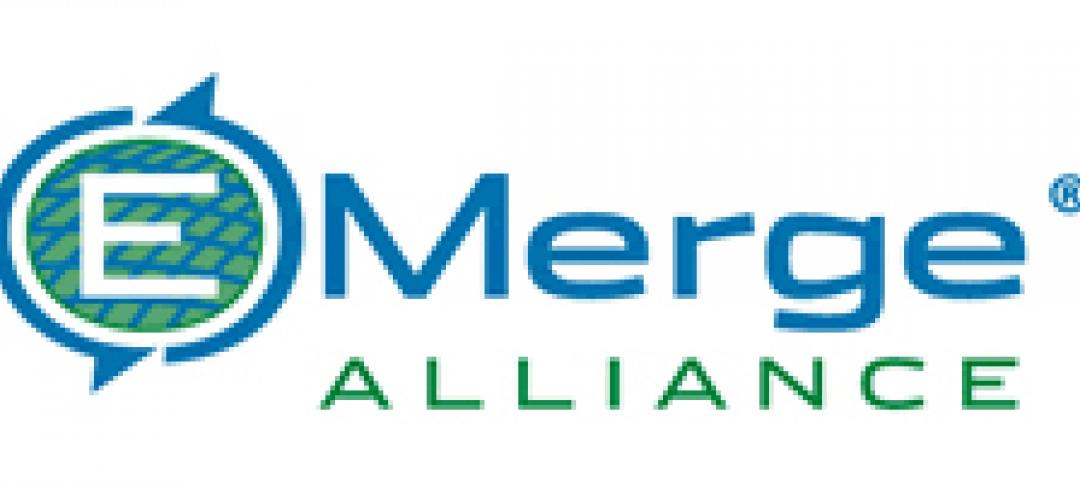Smart building technology is producing energy savings of 8% to 18% in the commercial building sector, according to a new report by the American Council for an Energy Efficient Economy.
While large showcase buildings have been the first to deploy smart building technologies, the potential for savings is great among other subsectors including Class B offices, small chain and independent retail stores, middle-tier franchise hotels, and regional nonteaching hospitals, the report says. Here’s how ACEEE assesses savings potential in these sectors:
· Offices (18% average savings) Occupancy sensors, smart thermostats, and HVAC and lighting controls can help reduce energy usage in unoccupied offices, conference rooms, and other spaces. Smart systems have been shown to improve worker productivity and even increase property value, ACEEE says.
· Retail stores (14% average savings) Smart energy management systems, thermostats, and lights can help reduce energy consumption and create a more comfortable and attractive environment for customers. Some occupancy sensors, like indoor positioning systems, can also provide a retailer with valuable data on customer behavior in the store.
· Hotels (8% average savings) Guest management systems and mobile check-in can work hand in hand with energy-saving smart technologies that control guest room HVAC systems and window shading. Smart controls can also help reduce energy from lighting and HVAC in conference areas and pumps in pool and spa areas.
· Hospitals (14% average savings) Smart technologies can help address the long operating hours and high equipment loads in hospitals. For instance, smart lighting systems can reduce energy use and increase patient comfort by better matching light output to occupancy and user needs. Without wasting energy, smart sensors and ventilation controls can maintain the ventilation needed to prevent the spread of diseases.
Related Stories
| Oct 11, 2012
Morristown, N.Y., settles code violation dispute with Amish
The town of Morristown, N.Y., has dropped charges of building code violations against local Amish communities to settle a First Amendment complaint.
| Oct 11, 2012
Mesquite, Nev., rebels against state-mandated energy code
The city council of Mesquite, Nev., voted against adopting a new energy efficiency code adopted by the state.
| Oct 11, 2012
Bloomingdale, N.J., restricts ground solar and wind energy installations
The borough of Bloomingdale, N.J., recently adopted regulations for solar-energy and wind energy systems.
| Oct 3, 2012
Bill introduced to extend home energy efficiency tax credit
A bill to extend the expired residential energy efficiency tax credit for installing qualified furnaces, boilers, central air conditioners, and heat pumps was recently filed in the U.S. House of Representatives.
| Oct 3, 2012
OSHA publishes more detailed information on variances
The Occupational Safety and Health Administration (OSHA) enhanced its variances Web page to improve public understanding of the variance approval process and increase access to the agency's decisions regarding variance requests.
| Oct 3, 2012
Online program computes energy savings from green roofs; compares savings with other options
A free online tool can calculate the amount of energy savings from installation of a green roof. Portland State University‘s (PSU’s) online Green Roof Energy Calculator can be used for new or old structures.
| Oct 3, 2012
SERF, CSE launch a new accreditation for evaluation of building sustainability
The Society of Environmentally Responsible Facilities (SERF), a Chicago-based environmental building certification organization, and the Centre for Sustainability and Excellence (CSE) launched a new accreditation program that certifies professionals to evaluate buildings’ sustainable systems and practices according to SERF’s certification criteria.
| Oct 3, 2012
New version of Occupied Space Standard for DC microgrids in buildings released
The EMerge Alliance, an association leading the adoption of safe direct-current (DC) power distribution standards for commercial buildings, has updated the EMerge Alliance Occupied Space standard.
| Sep 26, 2012
Automatic budget cuts in January would slash federal agencies' construction budgets
Sequestration, or the implementation of automatic budget cuts as of January 2013, would slash government agencies' already reduced construction budgets further, and require agencies to shelve some repair and maintenance projects.
| Sep 26, 2012
Investment in greener data centers to reach $45 billion by 2016
Investment in data centers built to green standards will increase from the $17.1 billion predicted for this year to $45 billion by 2016, according to Pike Research.















